Deck & Commander Strategies

Zurgo Helmsmasher
An aggressive red-white equipment-based deck that aims to quickly deploy Zurgo and buff him with powerful equipment like Sword of Fire and Ice and Sword of Feast and Famine, leveraging Stoneforge Mystic and Stonehewer Giant to accelerate equipment deployment and win through combat damage.
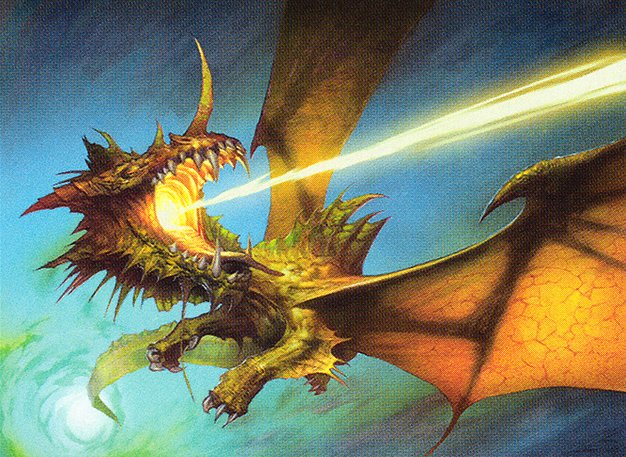
Scion of the Ur-Dragon
A dragon tribal deck focused on ramping mana and casting high-impact dragons. It utilizes the Scion’s ability to find dragons from the deck or graveyard, combined with Morari’s Wake to double mana production and overwhelm opponents with powerful creatures.
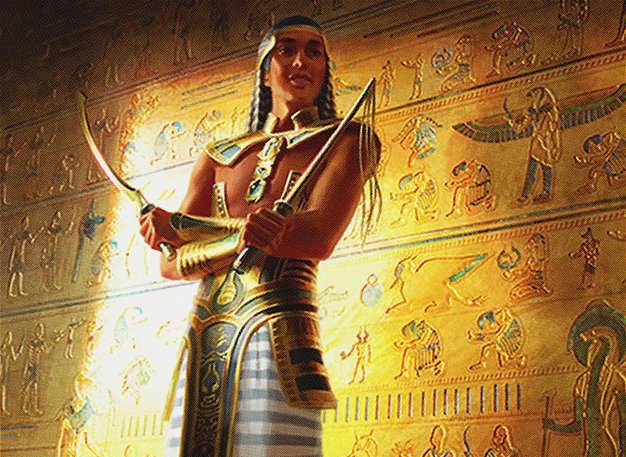
Temmet, Vizier of Naktamun
An artifact and token synergy deck that generates value through artifact creatures and cards like Burnished Heart and Back from the Brink. It uses Temmet’s ability to produce tokens and create incremental advantages, aiming for value-driven board presence and combos.
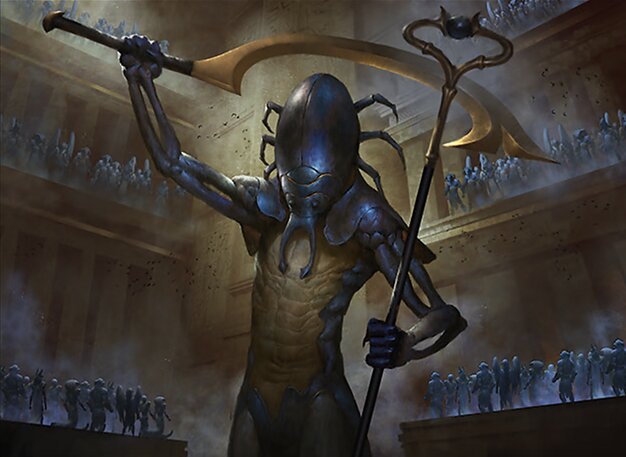
The Scarab God
A zombie tribal and graveyard recursion deck that generates zombie tokens and recurs creatures from the graveyard. It uses creatures like Grave Titan and synergistic equipment like Lightning Greaves to maintain board control and pressure opponents while leveraging graveyard interaction.
Gameplay Insights
- 1
Trevor’s early use of equipment tutors (Stoneforge Mystic and Stonehewer Giant) allowed him to consistently equip Zurgo and other creatures, maintaining aggressive pressure.
- 2
The board wipes, especially Blasphemous Act and Austere Command, were crucial in resetting the board state and preventing runaway board presence from token and zombie strategies.
- 3
Matt’s use of Morari’s Wake to ramp mana significantly accelerated his dragon casting and allowed him to establish large threats quickly.
- 4
Harry’s artifact recursion with Back from the Brink and token generation via Temmet provided resilience against board wipes but struggled to maintain tempo against fast aggressive plays.
- 5
Frank’s Scarab God deck capitalized on graveyard synergy and token generation, leveraging creatures like Grave Titan and equipment like Lightning Greaves to pressure opponents despite multiple board wipes.
- 6
Trevor’s timing in combat, especially equipping multiple artifacts on Bailin to gain double strike and dealing massive damage, was a turning point that applied lethal pressure on opponents.
- 7
Reactive plays such as Matt’s use of Path to Exile on Zurgo and Harry’s Dismantling Blow to destroy key equipment demonstrated the importance of disruption in this fast-paced game.
Notable Cards
-
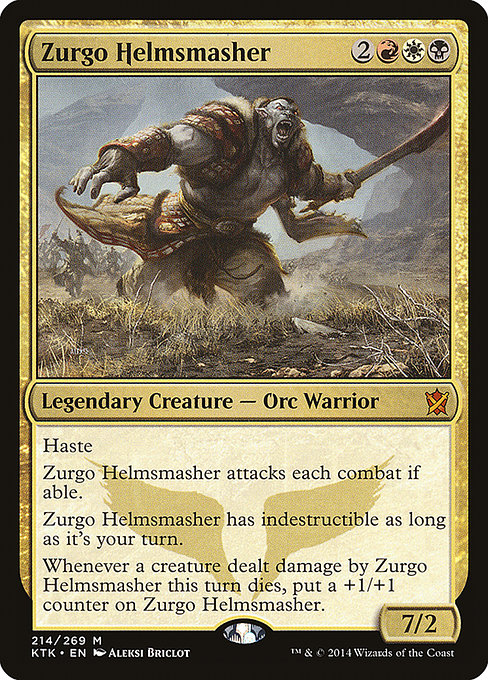
Zurgo Helmsmasher
-
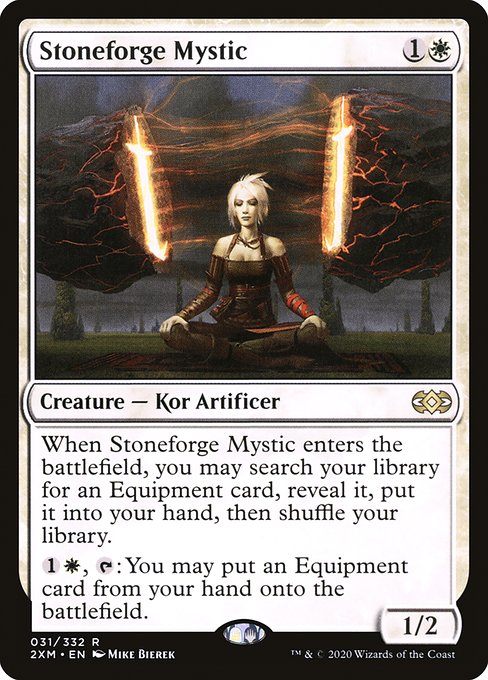
Stoneforge Mystic
-
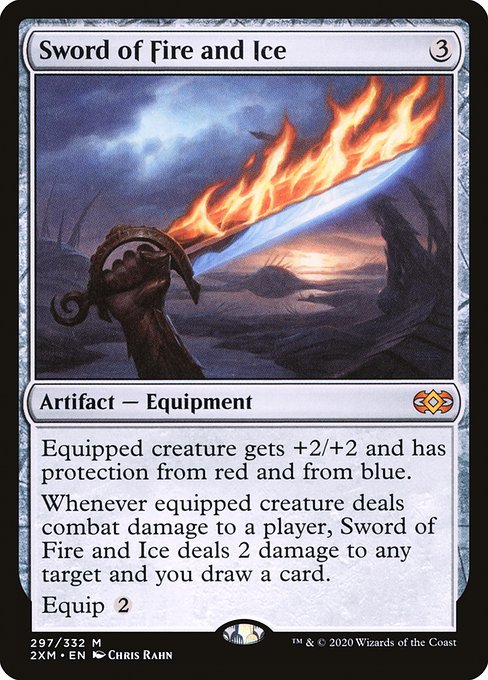
Sword of Fire and Ice
-
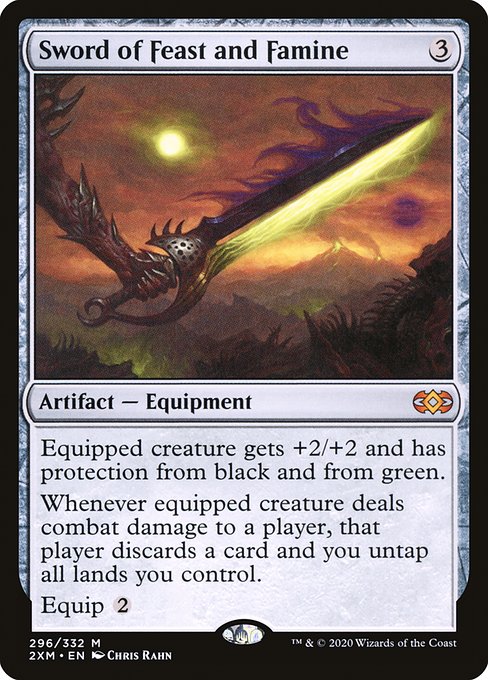
Sword of Feast and Famine
-

Blasphemous Act
-

Austere Command
-

Scion of the Ur-Dragon
-
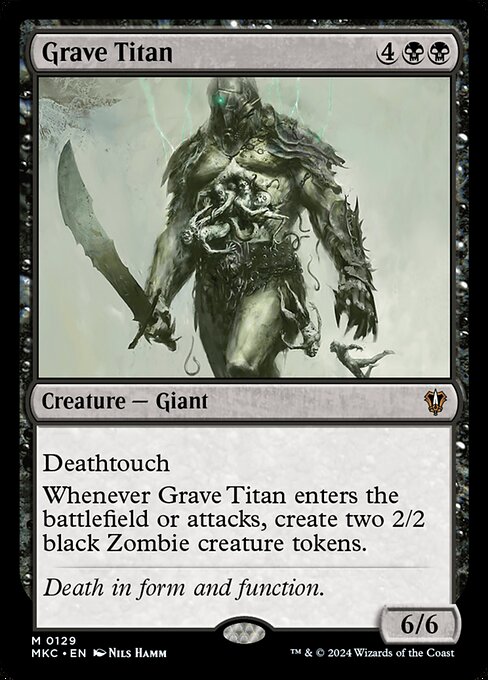
Grave Titan
-
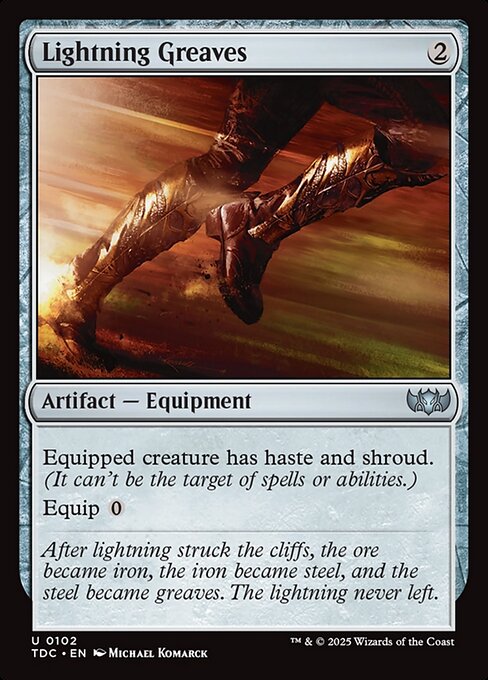
Lightning Greaves
-
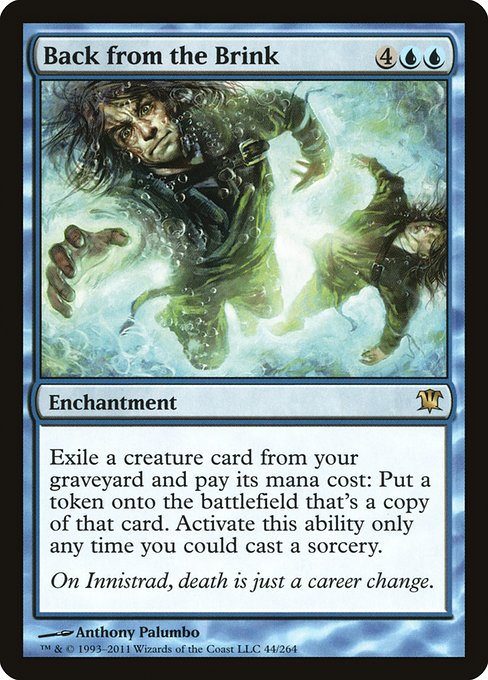
Back from the Brink
-
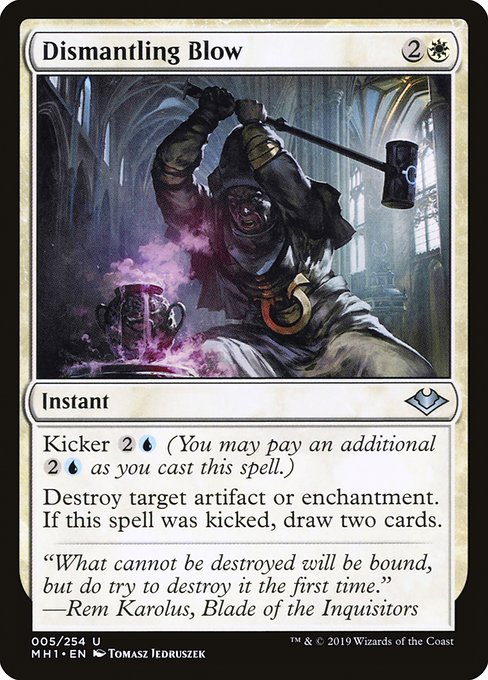
Dismantling Blow
-
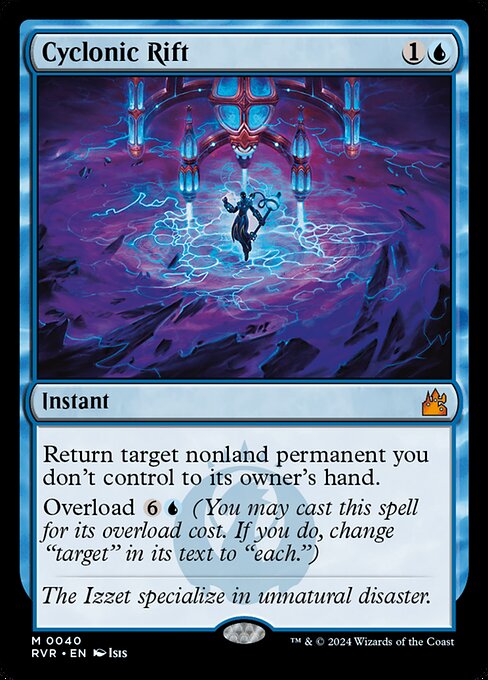
Cyclonic Rift
Gameplay Summary
The game began with each player developing their mana base and early board presence.
Trevor, piloting Zurgo Helmsmasher, quickly established pressure with aggressive creatures and equipment like Stoneforge Mystic and Sword of Fire and Ice, aiming to push damage early.
Harry on Temmet utilized artifact synergies with cards like Burnished Heart and Back from the Brink to generate value and token copies.
Frank’s Scarab God deck focused on zombie tribal and graveyard recursion, deploying creatures like Grave Crawler and Grave Titan with supporting equipment to maintain steady board presence.
Meanwhile, Matt on Scion of the Ur-Dragon ramped into powerful dragons and used Morari’s Wake to accelerate his mana production, enabling big plays such as Dragonlord Jermok and Drana, the Last Witch to dominate the board. Key turning points included Trevor’s timely use of board wipes like Blasphemous Act and Austere Command, which turned the tide by clearing smaller creatures and enchantments, disrupting opponents’ momentum.
Despite these wipes, Frank’s Scarab God deck managed to rebuild effectively with zombie tokens and Grave Titan’s impact.
Matt’s Scion leveraged powerful dragon recursion and Morari’s Wake to outpace opponents in threats and mana.
Trevor’s aggressive equipment strategy and combat tricks culminated in a devastating 20 damage swing with Bailin, Wandering Knight equipped with multiple artifacts, swinging the game in his favor.
The game featured intense back-and-forth interactions, with efficient removal and resource denial shaping the late stages.
Ultimately, combat damage and equipment synergies were pivotal in Trevor’s path toward victory, while other decks relied on recursion and token generation to stay relevant.








































